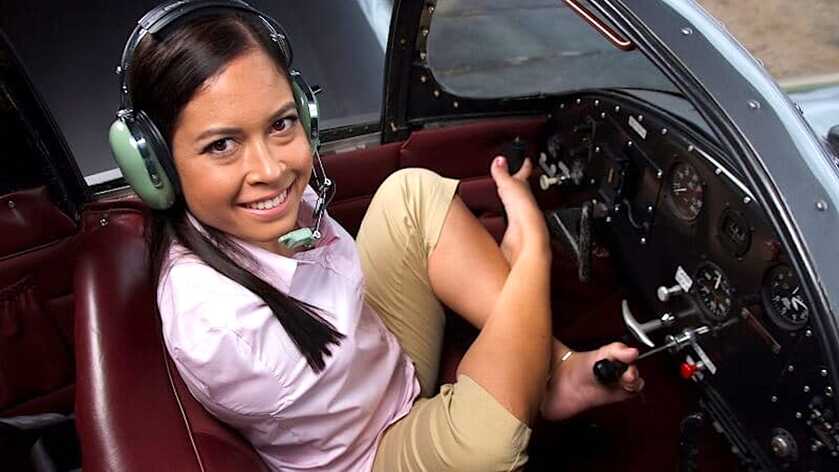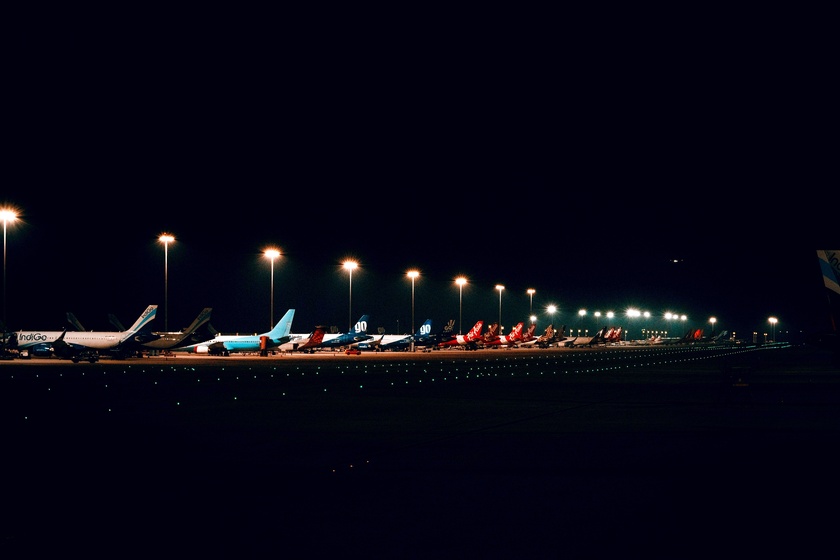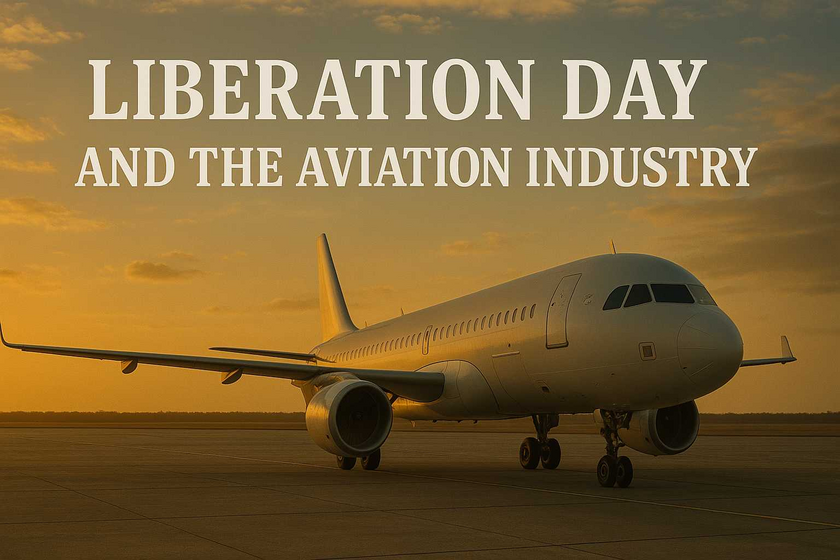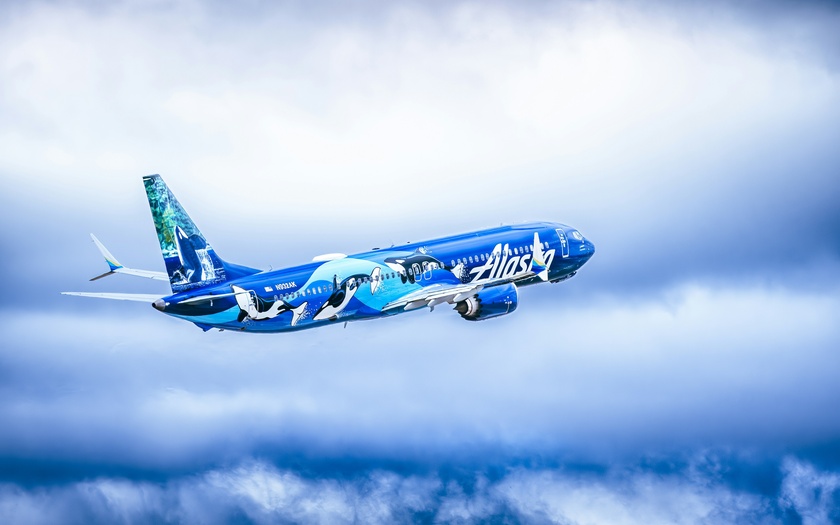
‘Affirmative action is causing an increase in aviation incidents’; ‘Diversity, Equity, and Inclusion does not crash planes’; Which side are you on?
Why is this important: Before you answer that question, let us state here that the reality of the situation is much more nuanced than the binary statements quoted above. No doubt some believe that the push for Diversity Equity and Inclusion (DEI) within the aviation industry and other segments of society is tantamount to affirmative action. Yet, others believe that these policies are important to provide the kind of ‘leg up’ for those individuals within societies who would otherwise not be able to gain certain opportunities. Whichever side of the fence you are on regarding this topic, or even if you do not care about the topic at all, there are some key takeaways:
There is a time and place to accommodate individuals who have been ‘disadvantaged’ or have special needs, and there’s a time and place to not do so.
There is no evidence to support or refute the idea that the recent spate of aviation incidents is linked to DEI efforts.
If there are accommodations to be made, they should be done in a way that the quality of work and safety standards is at minimum maintained, or at best improved.
Get Involved: What do you believe the impact of the broad adoption of Diversity, Equity, and Inclusion within the aviation industry will be? Please share your thoughts in the comments below.
There’s a time and place for accommodations.
The headline image of this article features Jessica Cox, a resident of Arizona who was the first person to receive a pilot's license without arms. Essentially, she flies an aircraft with her feet. It is worth noting that she does everything in her life with her feet. She has spent her entire life owning the skills of using our feet as those of us with hands, use our hands
Something very important to note as well is that the aircraft she’s licensed to fly, and the one she flies, was designed without rutters. This means that, even when regular pilots fly this aircraft, there’s no need to use their feet to keep the aircraft coordinated during flight. This aircraft is the ERCO Ercoupe 415-CA. Therefore, there was very little modification needed to be done to the aircraft. However, this is a light sport aircraft, and there are a lot of limitations on the normal use of this aircraft by a pilot without any disabilities, much less Jessica herself.
What about new plans by the FAA to hire people with ‘severe intellectual’ and ‘physical’ problems to boost DEI in aviation? For us, at this time, we do not know where these people will be working and what they will be doing. However, we are assuming that having folks with severe intellectual and physical problems would not be suitable for positions that involve aviation safety such as air traffic controllers, and the like.
On Aviation™ Note: No doubt what Jessica has accomplished is remarkable. However, translating this into a more widespread set of accommodations would be quite cost-prohibitive and could significantly degrade aviation safety standards.
The absence of evidence is no evidence of absence.
Currently, there are no studies that link increased DEI efforts with increased incidence at airports. We must also say that there is no research disproving those ideas either.
That being said, on one hand, you have those who believe that increased safety-related incidents at airports are directly or indirectly linked to DEI efforts – which they sometimes refer to as ‘affirmative action’. They argue that since we started DEI efforts within the aviation industry, we have seen a gradual increase in the number of incidents and accidents within the industry.
On the other hand, some believe that this argument is nonsense. ‘They claim that DEI does not crash planes’. Well, this side of the argument does not necessarily have any concrete proof for their argument either. However, the general idea of the proponents of DEI is that they are folks who have been disenfranchised and need to be given a ‘leg up’.
On Aviation™ Note: Since there is no evidence for either side's argument at this time, we believe that we should focus on tangible evidence-based information as to why we’ve seen an increase in aviation incidents and accidents recently.
Making accommodations.
It is reasonable to say that the aviation industry has something for people on a very wide spectrum of mental or physical capabilities. There’s always a place for those who are functioning members of our society to play their part within the aviation industry.
However, what we must also say is that not everyone within our society is suited to do any job within our society. The aviation industry with its outsized need for safety falls into this category.
No matter how we slice the challenge of DEI – we can argue whether or not DEI is necessary in the first place in another article – it is important to note that certain jobs require the best available people to do these jobs.
On Aviation™ Note: There’s a debate to be had as to whether or not DEI is necessary in the first place. This is because some of us, like the author of this piece, were not born in this country, and would be classified as a minority, yet, had the same opportunities that we’re open to everyone else, and took advantage of those opportunities to become a commercial pilot. Yeah, there’s an argument by some that it’s not about the opportunity that is open to everyone else, they argue that some folks need to be ‘placed at the front of the line’ so to speak.
Conclusion
Some believe that DEI is currently and will continue to cause safety issues within aviation, while others believe that this is not so and that those folks who are getting help through DEI efforts are well qualified, but do not have the opportunity to get a foothold and a ‘leg up’. There is currently no evidence to support the idea that DEI is leading to increased aviation incidents and accidents, nor is there any evidence to refute the claim. What we know for sure is that the aviation industry is dependent heavily on the strict maintenance of safety standards, and for those who work within this industry where lives are on the line, DEI characteristics might be best set to secondary to the primary qualifications that are required to maintain the level of safety and excellence in our beloved industry.
Thank you for reading this week's On Aviation™ full article. What do you believe the impact of the broad adoption of Diversity, Equity, and Inclusion within the aviation industry will be? Please share your thoughts in the comments below. Remember to check out our On Aviation™ Podcast and continue the conversation on our Twitter and Instagram.
Orlando - On Aviation™

















